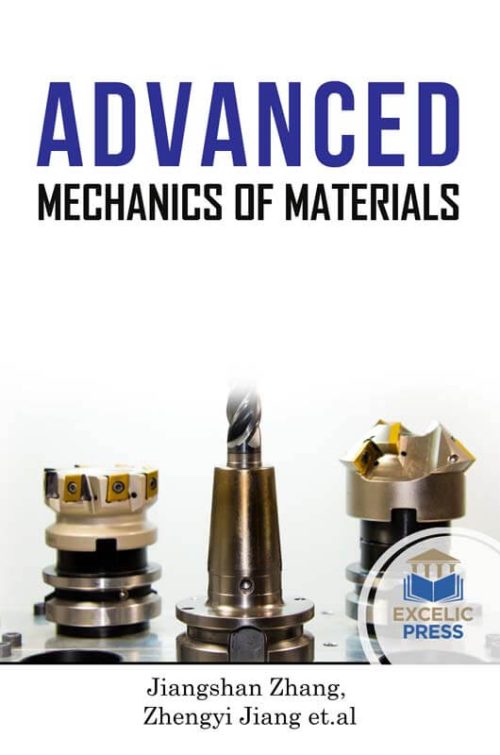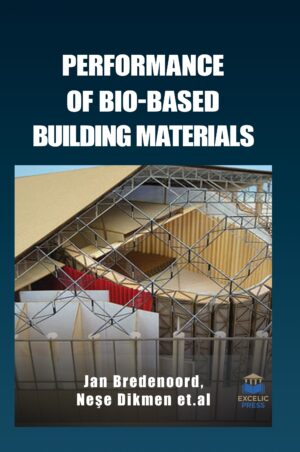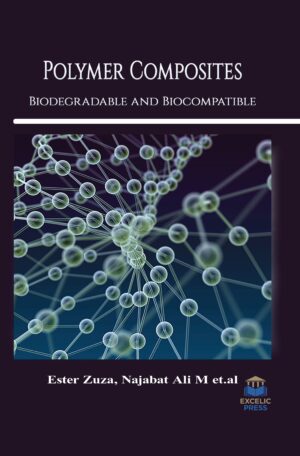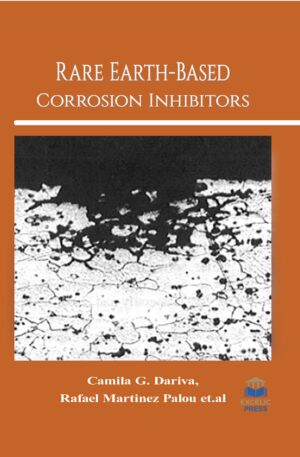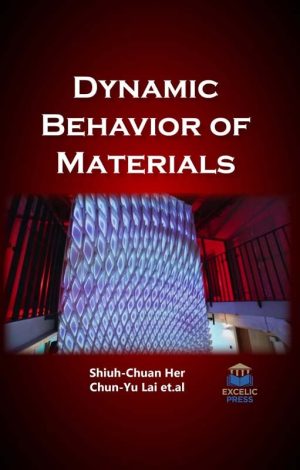Description
The properties of materials at the nanometer (nm) scale or of atomic dimensions (measured in Å) are essentially determined by the electronic structure. In such a case one tries to represent the material of interest (such as a solid, a surface or a molecule) as a collection of atoms, which play the role of building blocks. It is important to realize that in practice one is forced to assume an idealized atomic structure in theoretical work, which deviates from the real structure that may be studied experimentally.
This book presents state of the art information on the fundamental concepts and applications of the strength of materials to develop the analytical and problem-solving skills of students and researchers. In the first chapter, we focus on the electronic structure of solids and surfaces (or interfaces) which require a quantum mechanical treatment. In this chapter, one possible approach has been described, which is based on the WIEN2k program package. The book sheds light on Microstructure and mechanical properties of aluminum-graphene composite powders produced by mechanical milling. The incorporation of active fillers to rubber markedly improves the strength properties and deformation characteristics of such materials. One possible explanation of this phenomenon is suggested in this work. It is shown that microscopic ruptures that occur during materials deformation happen not in the space between filler particles but at some distance around from it without breaking particle “interactions” through these gaps.
The following chapters focus on the effect of graphene on polar and nonpolar rubber matrices; recent advancements in mechanical characterization of 3D woven composites; correlations of materials surface properties with biological responses; estimating the creep behavior of glass-fiber-reinforced polyamide considering the effects of crystallinity and fiber volume fraction; effect of rare earth metals on the microstructure of Al-Si based alloys; and the effect of heat treatment process on microstructure and fatigue behavior of a nickel-base superalloy.
This book also focuses on the aspects with particular reference to creep-fatigue failure diagnosis. Creep-fatigue cracking can be due to a spectrum of loading conditions ranging from pure cyclic to mainly steady loading with infrequent off-load transients. These require a range of mechanical analysis approaches, a number of which are reviewed. The influence of manufacturing parameters on the mechanical properties of porous materials by selective laser sintering is illustrated in the last chapter of this book. The book will be of interest to students and practicing scientists and will serve as a valuable tool to all chemical engineers, industrial chemists, and students.

